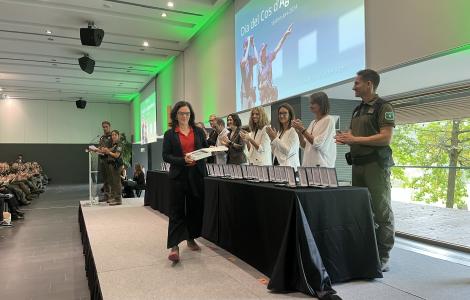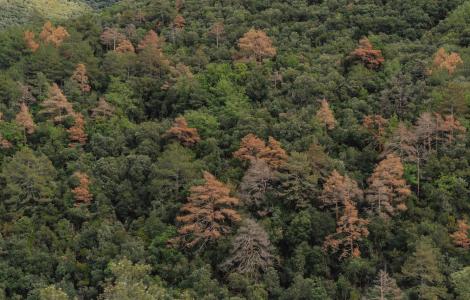Long term ecosystem monitoring
Ecosystem dynamics encompass the participation of many species with different life cycle lengths, from a few hours to tens of years. One possible line of research is to dissect some key processes involved in the overall dynamics and extract general rules. This type of data can be combined in simulations in order to make predictions about the future dynamics of these systems in the medium and long term. However, as more processes are combined, prediction becomes more difficult. Difficulty also increases if an ecosystem is undergoing environmental change including contemporary global change and associated predictions on a regional scale. For this reason, a more holistic complement to research is based on monitoring the dynamics of the ecosystem through observation and characterization. The objectives of monitoring are to diagnose what may be occurring ecologically in a given place, compare specific regions with planetary-scale data, predict short term trends, and feed and validate models designed to understand and reproduce dynamics in the medium and long term.
The main lines of work and experience of CREAF in this field include:
- Atmospheric deposition: We analyze the chemical composition of atmospheric deposition and its effect on terrestrial and aquatic ecosystems. Using deposition collectors and analysis of water in soils, streams, and ponds, we assess the effects of long-term atmospheric deposition at sites of particular interest (e.g., Montseny, Pyrenees).
- Animal populations: We run an program which evaluates and measures oscillations of mammal populations (e.g., marmot, boar) which is followed up with long-term monitoring.
- Species distribution and phenology: We design, coordinate and execute monitoring programs for organism groups which are of particular value as indicators (e.g., birds, butterflies, or plants associated with alpine cols).
- Aquatic microorganisms: Aquatic microorganisms respond rapidly to environmental fluctuations, so studies in remote areas allow the monitoring of regional manifestations of global change.
- Natural records: We interpret and calibrate long term paleoecological records. There are records of the natural dynamics of the past (e.g., tree rings, sediment ponds, peat) whose interpretation can be improved if they are paired with different kinds of measurements made by instruments over a number of years.
- Forest ecosystems: We carry out long term forest monitoring within the context of repeated forest inventories or targeted programs for monitoring forest health.
- Monitoring indicators for communities and habitats: We carry out monitoring in order to understand the dynamics of the composition and structure of communities of organisms and their habitats, and we develop indicators to evaluate and propose appropriate management strategies.
- Simulation of conditions of climate change: We carry out monitoring of experimental plots in ecosystems such as scrubland where we simulate conditions of aridity and warming and measure how the characteristics of the ecosystem change in the medium and long term.





